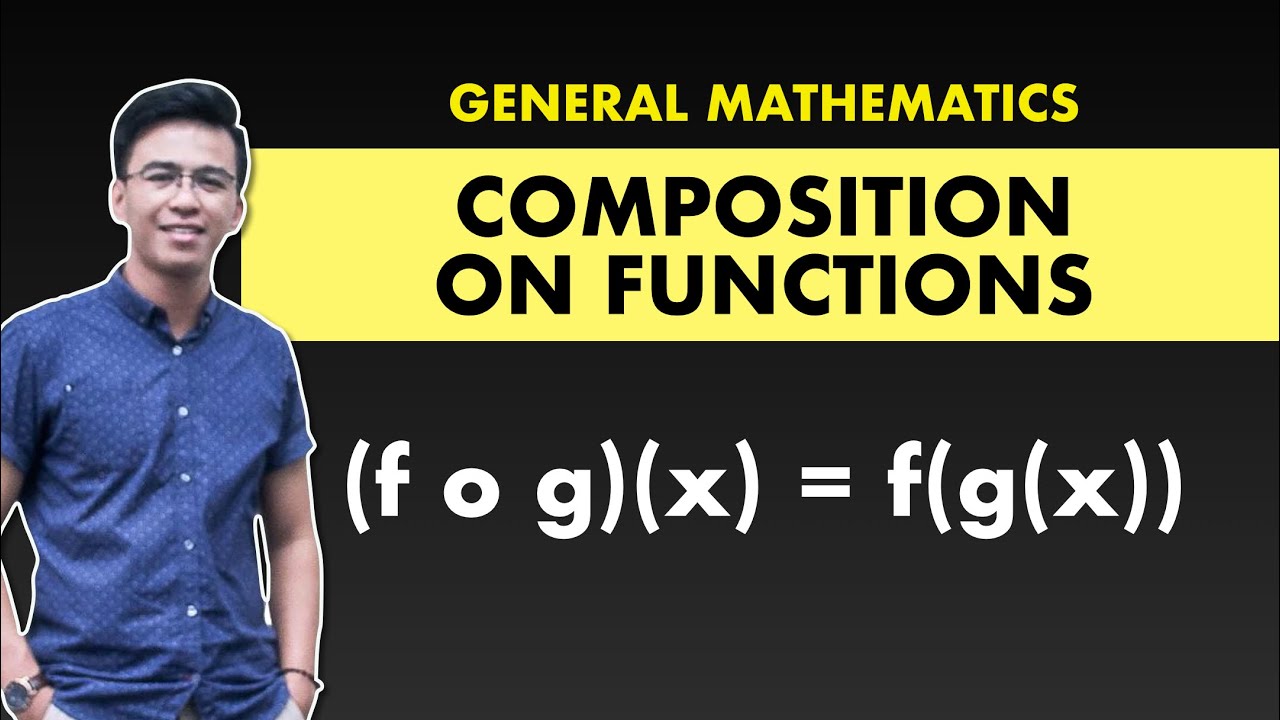Encontrar el intervalo donde la función es decreciente | Cálculo
Summary
TLDRThis video explains how to determine the intervals where the function f(x) = x^6 - 3x^5 is decreasing using its derivative. The process involves calculating the first derivative, factoring, and solving the inequality f'(x) < 0. By analyzing the expression, it is determined that the function decreases for all values of x such that x < 5/2. The video emphasizes the importance of understanding the behavior of the function at critical points and provides clear insights into the behavior of derivatives for determining intervals of increase or decrease.
Takeaways
- 😀 The function f(x) = x^6 - 3x^5 is the focus of this problem.
- 😀 A function is decreasing when its derivative is negative (f'(x) < 0).
- 😀 The derivative of f(x) is calculated using power rule: f'(x) = 6x^5 - 15x^4.
- 😀 The derivative is factored as f'(x) = 3x^4(2x - 5).
- 😀 To find where the function is decreasing, we need to determine when f'(x) < 0.
- 😀 Since 3x^4 is always positive (for x ≠ 0), we focus on the factor (2x - 5).
- 😀 The inequality 2x - 5 < 0 leads to x < 5/2.
- 😀 The function decreases when x < 5/2, excluding x = 0 where the derivative is 0.
- 😀 The graph of the function shows that it decreases from negative infinity to 5/2.
- 😀 Even though f'(0) = 0, the function still decreases at x = 0, as seen from the graph.
- 😀 The interval where the function decreases is (-∞, 5/2), including the region near x = 0.
Q & A
What is the given function in the video?
-The given function is f(x) = x^6 - 3x^5.
How do we determine when a function is decreasing?
-A function is decreasing when its derivative is negative, i.e., f'(x) < 0.
What is the first step to find the derivative of f(x)?
-The first step is to apply the power rule of derivatives. For x^6, the derivative is 6x^5, and for -3x^5, the derivative is -15x^4.
What is the derivative of the function f(x) = x^6 - 3x^5?
-The derivative of the function is f'(x) = 6x^5 - 15x^4.
How do you simplify the derivative expression?
-The derivative expression can be simplified by factoring out common terms, which gives f'(x) = 3x^4(2x - 5).
Why is 3x^4 always positive for x ≠ 0?
-3x^4 is always positive because x^4 is always non-negative for any x except 0, and multiplying by a positive constant (3) does not change the sign.
What condition must hold for the derivative to be negative?
-For the derivative to be negative, the factor 2x - 5 must be negative, meaning x must be less than 5/2.
What are the intervals where the function is decreasing?
-The function is decreasing on the interval (-∞, 5/2), excluding x = 0.
Why is x = 0 included in the decreasing interval despite f'(0) = 0?
-Even though the derivative is zero at x = 0, the function is still decreasing at this point because it continues to decrease both to the left and right of 0.
What happens to the function’s behavior at x = 0?
-At x = 0, the function's derivative is 0, but it still continues to decrease on both sides of 0, thus the function is decreasing at 0 as well.
Outlines

This section is available to paid users only. Please upgrade to access this part.
Upgrade NowMindmap

This section is available to paid users only. Please upgrade to access this part.
Upgrade NowKeywords

This section is available to paid users only. Please upgrade to access this part.
Upgrade NowHighlights

This section is available to paid users only. Please upgrade to access this part.
Upgrade NowTranscripts

This section is available to paid users only. Please upgrade to access this part.
Upgrade NowBrowse More Related Video
5.0 / 5 (0 votes)





